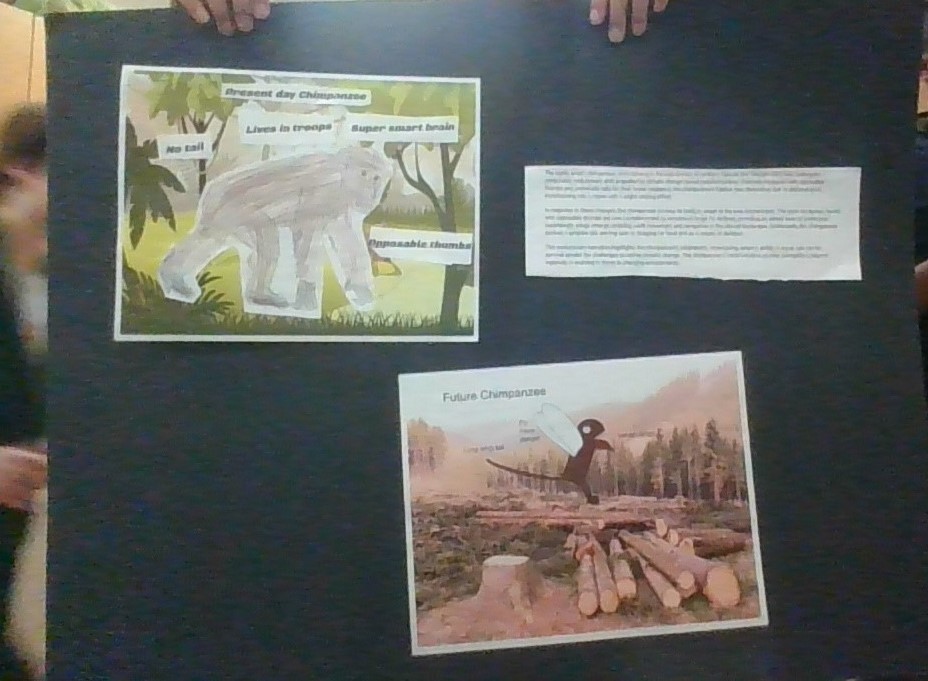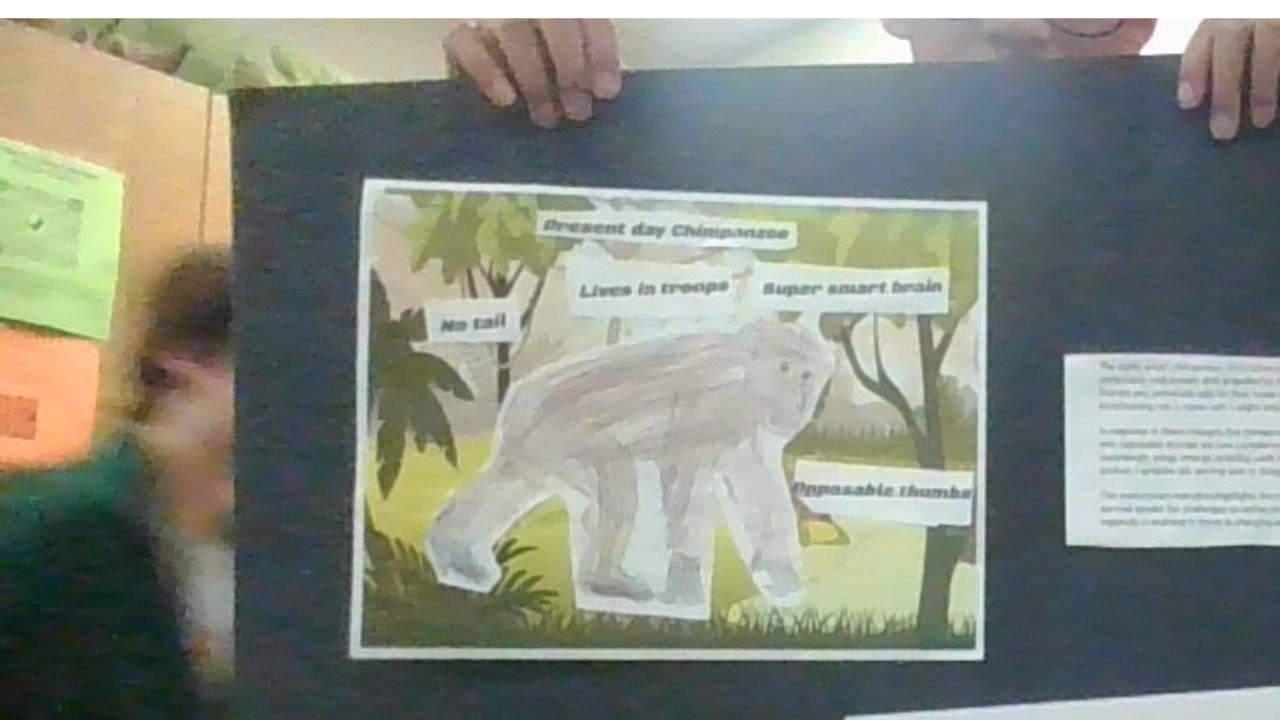The highly smart chimpanzee, once thriving in the lush forests of western Uganda and western Tanzania, undergoes a remarkable evolutionary shift propelled by climate change based transformations. Formerly equipped with opposable thumbs
In response to these changes, the chimpanzee evolves its traits to adapt to the new environment. The once dexterous hands with opposable thumbs are now complemented by venomous fangs for defense, providing an added layer of protection. Surprisingly, wings emerge, enabling swift movement and navigation in the altered landscape. Additionally, the chimpanzee evolves a whiplike tail, serving both in foraging for food and as a means of defense.
This evolutionary transition highlights the chimpanzee's adaptability, showcasing nature's ability to equip species for survival amidst the challenges posed by climate change. The chimpanzee's transformative journey exemplifies nature's ingenuity in evolving to thrive in changing environments.
Contact us
Thank you for your interest in contacting Future Engineers. We look forward to connecting with you!
General Inquiries
support@futureengineers.orgSponsorship Inquiries
sponsor@futureengineers.org



